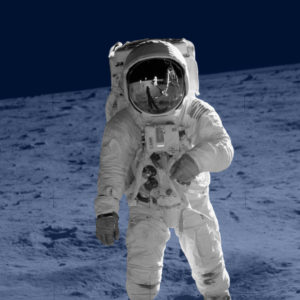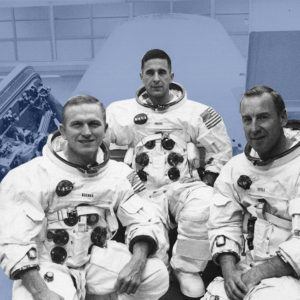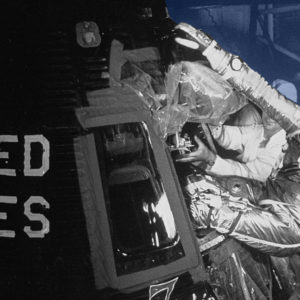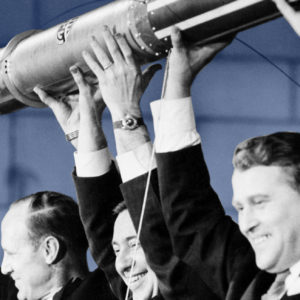The First American in Space
From Cape Canaveral, Florida, Navy Commander Alan Bartlett Shepard Jr. was launched into space aboard the Freedom 7 space capsule on May 5,1961, becoming the first American astronaut to travel into space. The suborbital flight, which lasted 15 minutes and reached a height of 116 miles into the atmosphere, was a major triumph for the National Aeronautics and Space Administration (NASA). This mission was to launch the first American into space and to bring him back safely. It was a short mission that lasted about 15 minutes.
Objectives
Mercury-Redstone 3, also known as Freedom 7 launched Shepard into space twenty-three days after Yuri Gagarin’s orbital flight of Vostok 1. The objectives of MR-3 were to: familiarize man with a brief but complete space flight experience, including the lift-off, powered flight, weightless flight (approximately 5 minutes), re-entry, and landing phases of the flight; evaluate man’s ability to perform as a functional unit during space flight by demonstrating manual control of spacecraft attitude before, during, and after retrofire and by use of voice communications during flight; study man’s physiological reactions during space flight; and, recover the astronaut and spacecraft.
Flight
The Redstone booster performed well, although there were some vibrations. After separation, Shepard exercised manual control of the spacecraft in both the “fly-by-wire” and manual proportional modes. The attitude control system operated nominally, with few thruster fuel leaks. Re-entry and landing were accomplished without any difficulty. The Mercury capsule lacked a window through which Shepard could view his surroundings, but a periscope allowed him views of the outside during the pre-launch and weightless phases of the mission.
“It’s a very sobering feeling to be up in space and realize that one’s safety factor was determined by the lowest bidder on a government contract.”
During the flight, the spacecraft attained a maximum velocity of 8,200 km/hour and an altitude of 186.4 km. The capsule landed 483 km downrange from Cape Canaveral, at 75 degrees 53 minutes west longitude, 27 degrees 13.7 minutes north latitude in the Atlantic Ocean. Shepard experienced a maximum g-force of 6 during the booster acceleration phase of the mission and slightly less than 12 on re-entry. The duration of flight was 15 minutes and 22 s, with weightlessness lasting for about 5 minutes.
After splashdown, the Mercury capsule and its pilot were returned by helicopter to the aircraft carrier USS Lake Champlain. Just three weeks following this first successful manned mission, President Kennedy addressed Congress and set the nations goal to send a man successfully to the Moon and back.



